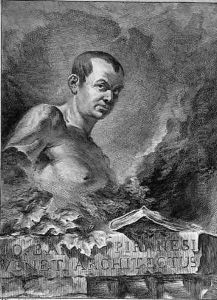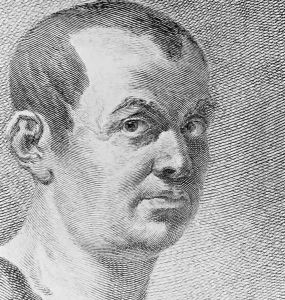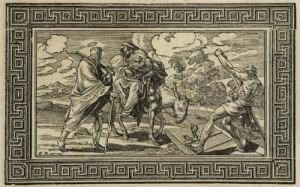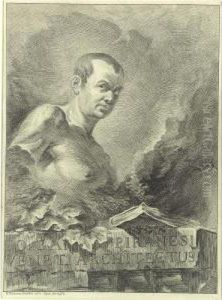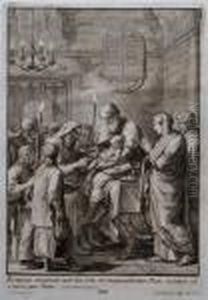Francesco (Felice) Polanzani Paintings
Francesco (Felice) Polanzani was an Italian engraver and printmaker, born in 1700 in Piobbico, a small town in the province of Pesaro and Urbino, in the region of Marche, Italy. He is known for his detailed and delicate engravings which often depicted religious, mythological, and historical subjects. Polanzani's work displayed a mastery of the stipple and line engraving techniques, which allowed him to achieve a high level of detail and a sense of depth in his compositions.
Polanzani moved to Rome at a young age, where he became a pupil of the distinguished engraver Carlo Cesio. Under Cesio's guidance, he honed his skills and became acquainted with the works of prominent artists of the time, which greatly influenced his own style. In Rome, Polanzani was exposed to the vibrant artistic community and the masterpieces of the Renaissance and Baroque periods, which were instrumental in the development of his artistic language.
Throughout his career, Polanzani received commissions from notable figures of the time, including members of the Catholic Church and the aristocracy. His engravings were sought after for their quality and were often used to illustrate books and reproduce famous paintings, thus contributing to the dissemination of the visual arts across Europe. Polanzani collaborated with various painters, translating their works into engravings, among these were works by Raphael, Guido Reni, and Correggio.
Despite his success, there is not an abundance of biographical information on Polanzani, and much of his life remains shrouded in mystery. However, his artistic legacy is preserved through his engravings, which continue to be studied and admired for their technical precision and beauty. Francesco Polanzani died in 1783 in Rome, leaving behind a body of work that reflects the rich artistic environment of 18th-century Italy and his own skills as a master engraver.
